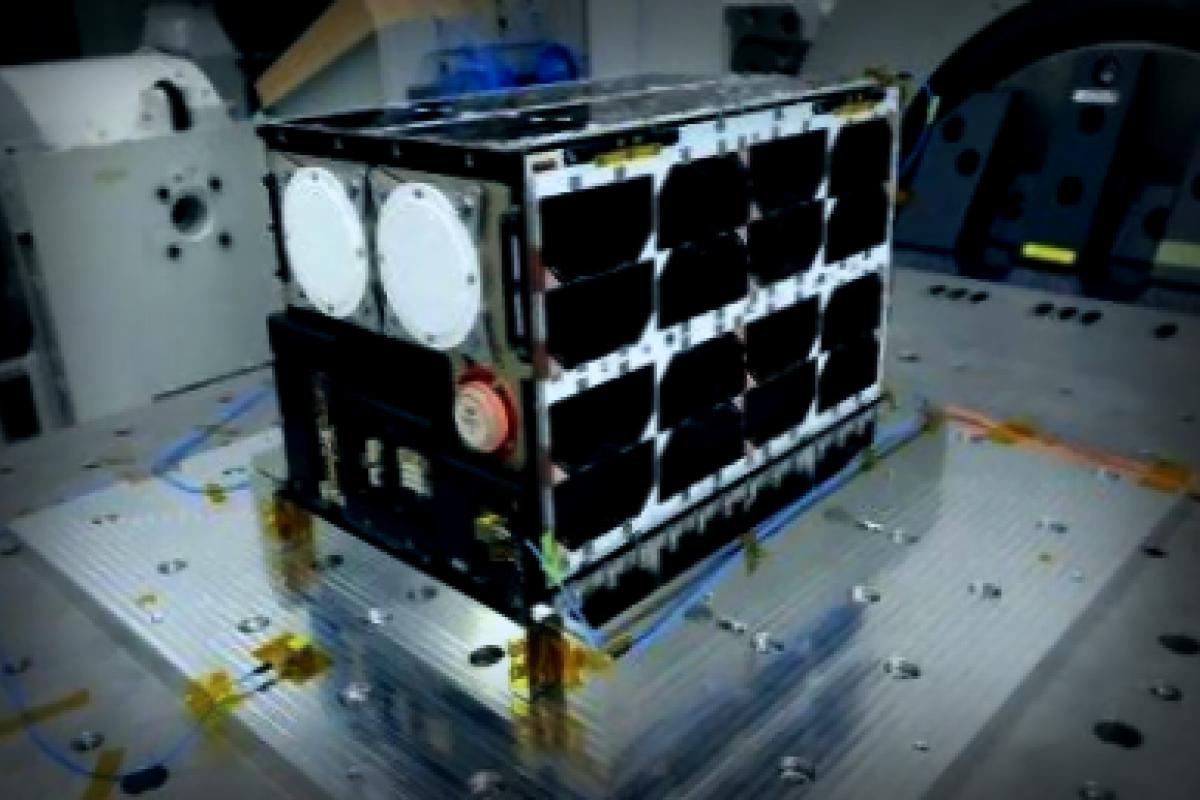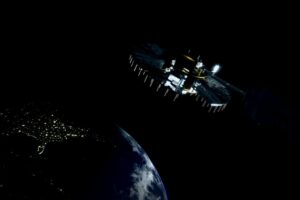In an exciting leap for its space program, Korea has sent K-RadCube, a satellite built to measure radiation, from Incheon International Airport to the U.S. to participate in Artemis II. This is a huge milestone as it’s the first satellite from Korea that’s part of a mission involving astronauts.
This is Korea’s first satellite for a crewed space mission
K-RadCube is headed to NASA’s Kennedy Space Center in Florida, where it will be installed onto the SLS (Space Launch System) rocket inside the Orion Stage Adapter. This adapter is crucial as it connects the crewed Orion spaceship with the SLS rocket and also provides room for small cube satellites to be deployed during Artemis II.
Four astronauts will be on board the Orion spacecraft for Artemis II, a remarkable mission scheduled for April 2026 that will circle the Moon and safely return to Earth. This historic trip will be the first crewed lunar expedition since the Apollo missions, and Korea’s involvement with K-RadCube opens a new chapter in its contributions to global space exploration, solidifying its role in Artemis II.
Space Radiation: Facing Challenges Head On
This mission aims to study space radiation in Earth’s higher orbits
K-RadCube has an important scientific mission: measuring space radiation within the Van Allen radiation belts. These areas contain energetic particles captured by Earth’s magnetic field, which can pose dangers to astronauts and spacecraft. Gathering data during this mission is essential for understanding the effects of radiation on astronauts in space, offering insights not just for Artemis II but also for future missions.
Once in its elliptical orbit around Earth, K-RadCube is expected to operate for about 28 hours initially. However, if everything runs smoothly, its mission could extend up to two more weeks, allowing the team to collect even more valuable data for Artemis II’s scientific goals.
Space Radiation: Facing Challenges Head On
The radiation monitoring instruments aboard K-RadCube were developed by the Korea Astronomy & Space Science Institute, while Nara Space Technology constructed the satellite itself. Ground station operations will be managed by KT SAT, and semiconductor devices from various Korean tech firms will be tested to see how they withstand radiation exposure during the Artemis II mission.
Korea’s enhanced role in the Artemis program
KASA’s involvement in Artemis II signals more collaborative interactions with NASA, including a recent agreement that ensures K-RadCube’s development, transport, and integration stay on track. This partnership shows Korea’s rising influence in the international space community and highlights its proactive contribution to Artemis II.
Having joined the Artemis Accords in 2021, Korea became the tenth nation to sign this agreement, which promotes cooperation in space exploration. Prior to this, Korea already contributed to the program by incorporating NASA’s ShadowCam into its first lunar orbiter, Danuri. This tool is crucial for capturing images of the Moon’s permanently shadowed regions that could potentially serve as landing sites for upcoming lunar missions under the Artemis banner.
NASA and South Korea Forge a New Space Alliance
The Artemis program aims to re-establish human presence on the Moon while providing a foundation for future explorations to Mars. By sending K-RadCube to join Artemis II, Korea accomplishes a historic first in its achievements in space technology, as it marks its debut participation in a crewed mission.
K-RadCube’s journey from Korea to NASA’s launch sites not only signifies progress in international collaboration but also showcases Korea’s technology and research capabilities as part of one of the most ambitious space missions planned for the decade — Artemis II.
The post 🚀 Korea makes history in crewed space exploration with K-RadCube heading to NASA for Moon mission appeared first on Spacetechtimes.



















